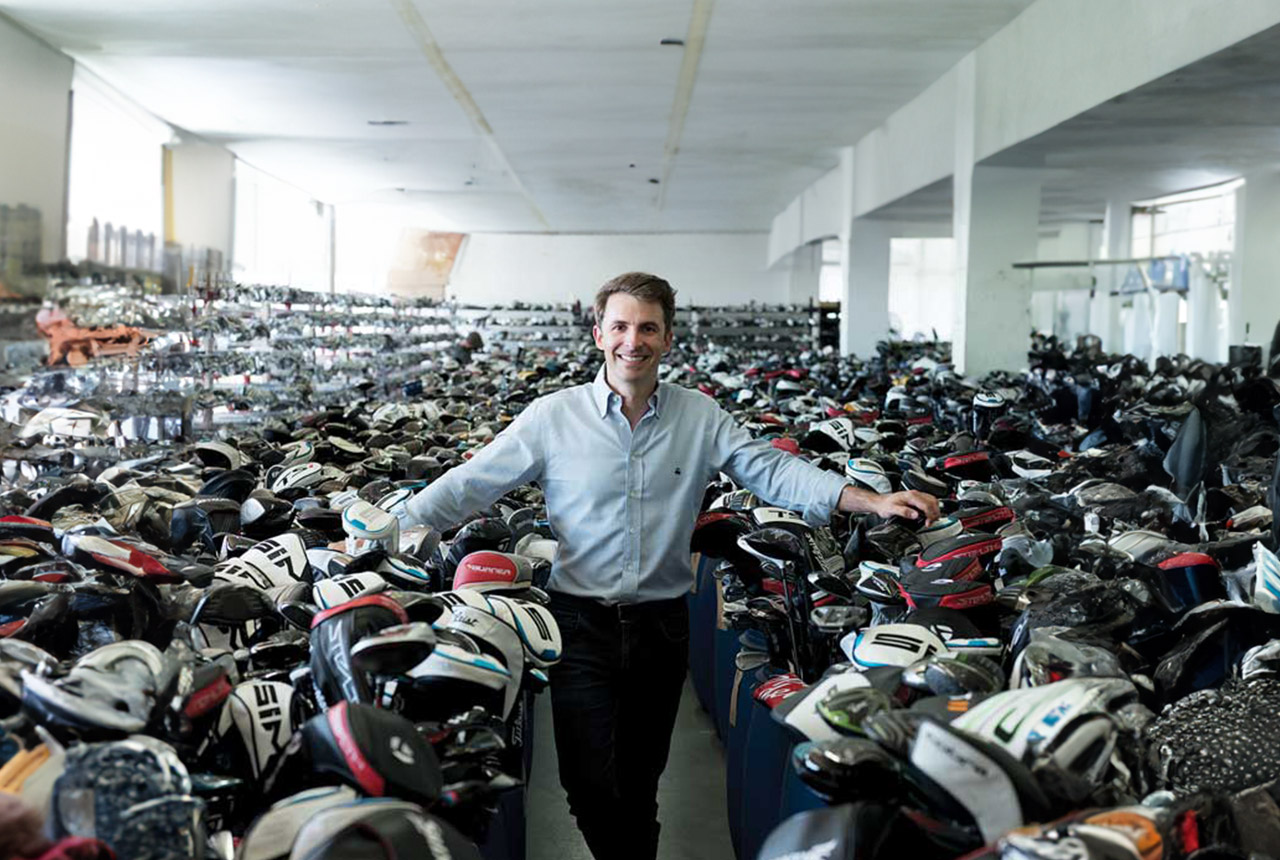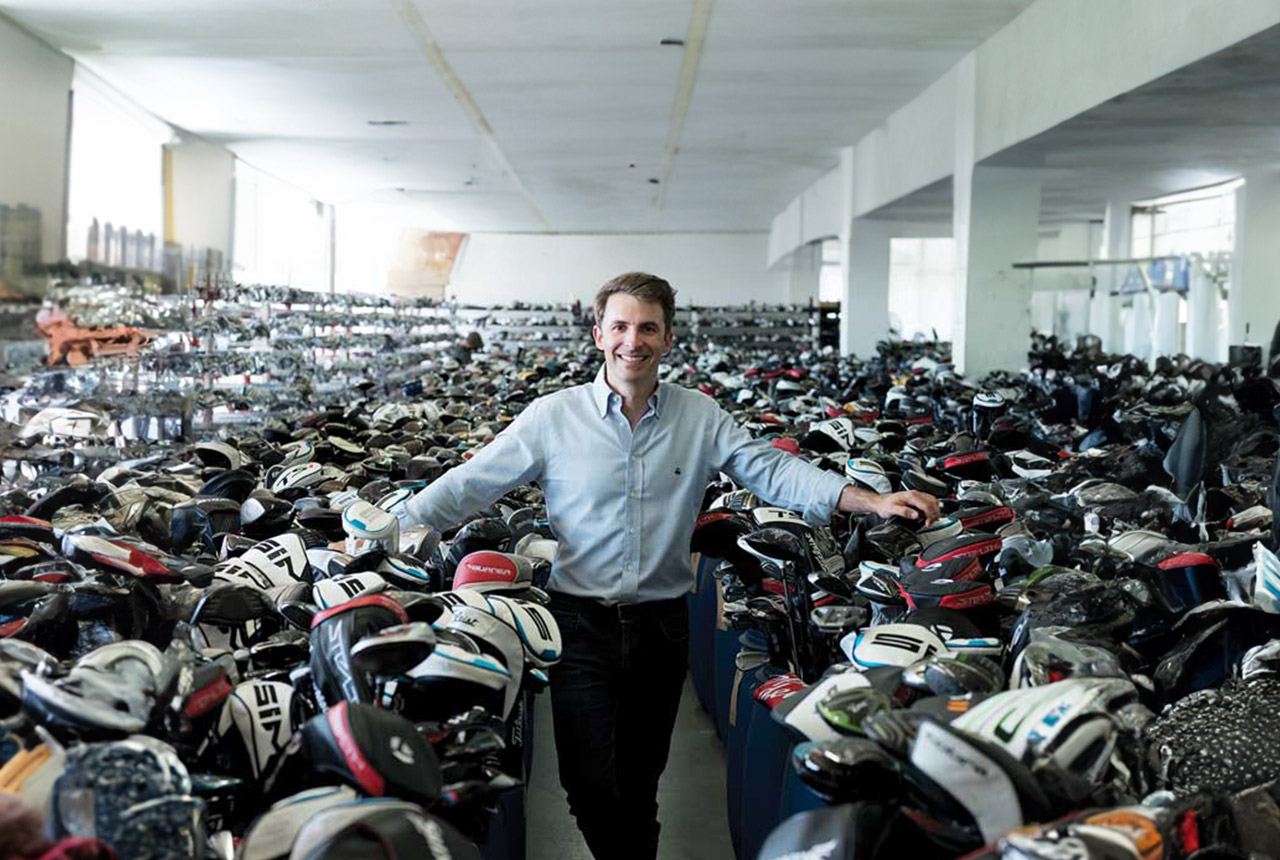
This company is making reselling more sophisticated
 CPA Pierre-Luc Laparé and his partner, Marc-Antoine Bovet, both golf enthusiasts, first started selling golf equipment (Photography by Guillaume Simoneau)
CPA Pierre-Luc Laparé and his partner, Marc-Antoine Bovet, both golf enthusiasts, first started selling golf equipment (Photography by Guillaume Simoneau)
While resale sites are nothing new (eBay was founded in 1995 and Kijiji, its subsidiary, in 2005), the consumer experience can leave much to be desired, including the potential for disappointing products and unpleasant sellers. This is what drove Pierre-Luc Laparé, CPA, and his partner, Marc-Antoine Bovet, to go into business. Their goal, says Laparé, is “to resell products at a lower price and maximize product life by offering a buying, selling or trading experience comparable to the best shopping sites for new items.”
Laparé and Bovet are both golf enthusiasts, so they chose to start selling used golf equipment. They sold their first sets of clubs in 2006, via eBay, then decided to create the Golf Avenue site. It was a modest beginning, but at the time, Laparé had just finished CEGEP. He then became a CPA and spent four years at Deloitte (2011-2015), during which time he quietly grew Golf Avenue and honed its business model. “Everything had to be invented,” he says. “In the new market, a manufacturer sets the price and supplies the product. But in the used market, there are so many variables. How do you calculate depreciation? What is the impact of seasonality? A set of golf clubs in Montreal in December is not worth the same price as in May. But in Florida, it’s different.” Add to that the fact that they’re now competing not only with entrenched companies like Kijiji and Facebook’s Marketplace, but also private sellers.
In 2016, Laparé decided to go full time. “At that time, annual growth was around 40 per cent. We quickly realized there was a way to become an industry leader by consolidating our position, which we did in the spring of 2019 by purchasing Golfbidder, an English competitor.” That same year, Caisse de dépôt et placement du Québec invested in the firm and the pair launched Cycling Avenue (modelled after Golf Avenue, but for bikes). That venture generated several million dollars in revenue by its second year of operation.
Today, the three brands exist side by side under Laps, a new entity created in 2021 that has grown to nearly 150 employees from about 40, over three years. The Caisse de dépôt recently injected $20 million into the company, which has surpassed one million customers in some 15 countries.
To achieve and maintain this level of growth, Laparé and Beauvais were determined to work hard to simplify the experience for users, whether they’re buying, selling or trading.
To trade in used golf clubs, for example, users enter the clubs’ information (like brand and model) in the site’s database. They receive a quote and the value of the used clubs will be deducted from their purchase. For bikes, sellers upload pictures of their bikes first and receive a personalized quote within a few hours. “We have guidelines for maximum wear and tear, and if a product does not meet our quality standards, we repair it to make sure a customer will leave with a good bike,” says Laparé. People can also trade in bikes at a local partner shop and get a store credit to use toward the purchase of another bike or cycling equipment.
People can also just sell their gear directly on the sites or take it to one of Laps’ physical drop off locations.
Laparé and Beauvais hope consumers’ interest in second-hand goods will continue. According to Statista, the value of the second-hand market is expected to nearly double in the next few years—from US$36 billion in 2021 to US$77 billion by 2025. As well, the circular economy could create over a million jobs in the next decade, according to data from KPMG. “This growth is because of the younger consumer looking for value and sustainability,” says Davinder Valeri, CPA and director strategy, risk and performance at CPA Canada.
“Even five or 10 years ago, customers were buying second-hand items for their own use and to pay less,” says Laparé. “Today, more and more people are using our platforms to buy gifts. It’s no longer taboo and everyone wins: It’s easier on the wallet, offers better value for money and is also better for the planet.”
MARKET VALUE
Read about other retail disruptors, like Ruckify, the app that lets you rent your stuff and Krazy Binz, the chain of stores that sell overstocked, off-season and returned merchandise from Amazon.